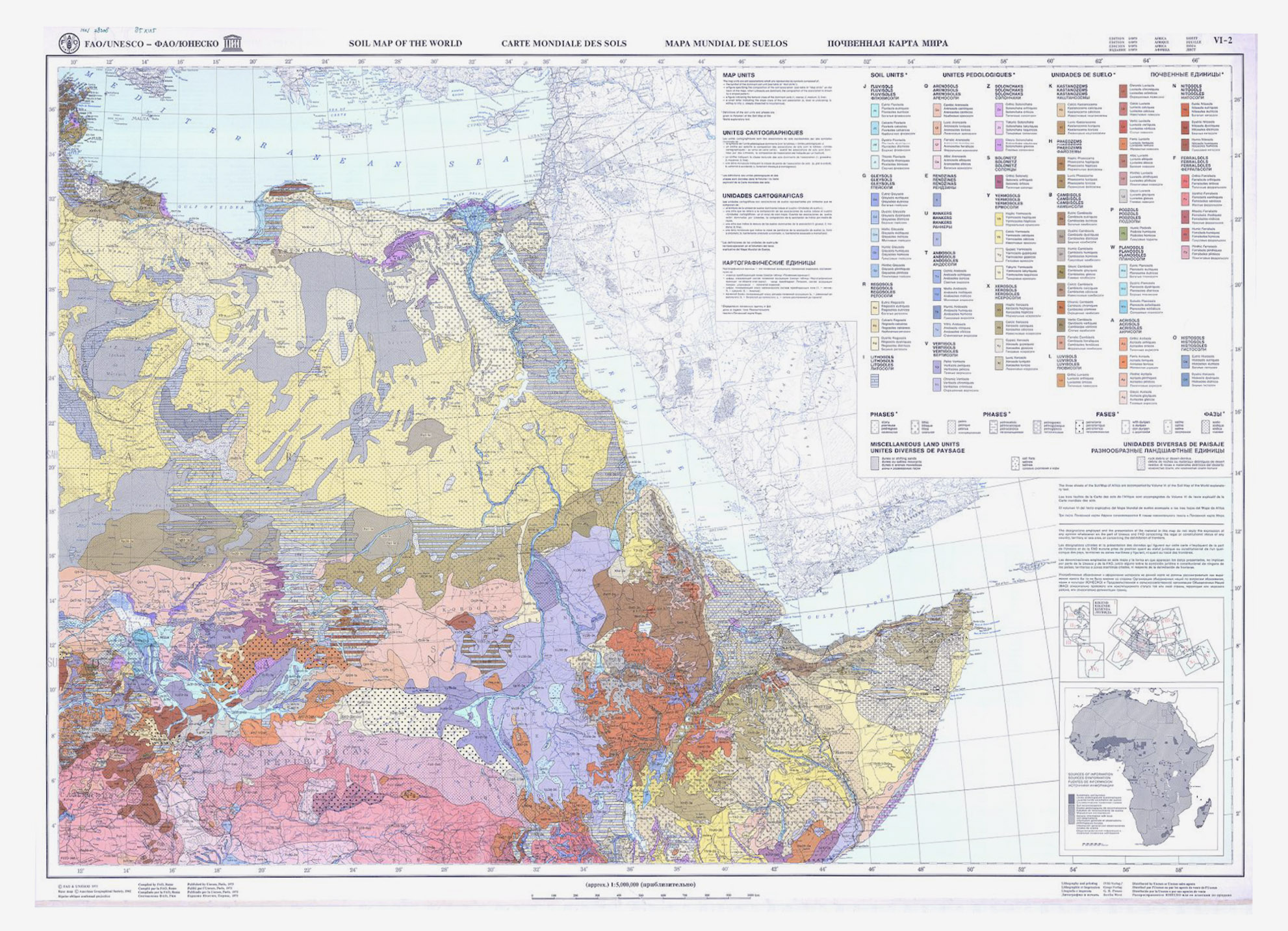Soil Types
In soils of different types, you can find all the naturally occurring chemical elements on the planet in a combination of solid, liquid, and gaseous states. Water is the most essential ingredient in a soil suitable for growing Arabica coffee. The soils of the Ethiopian highlands will regularly be over 50 percent water in their composition.
The United Nations Food and Agriculture Organisation (FAO) classify soils into 26 categories. Of these, they mention specifically, “Dystric and Humic Nitosols are excellent coffee growing soils, although fertilizers have to be applied. … Eutric Nitosols mainly occur in the central and eastern highlands; Dystric and Humic Nitosols occur in areas with high precipitation, the latter mainly under natural vegetation in the lowlands and in the highlands. … These soils have a relatively light textured topsoil … are very erodible; also land preparation can cause compaction of the topsoil (FAO).”
The Upland Soils of Ethiopia
A glance at the United Nations Food and Agriculture soil map of the world reveals that the majority of upland soils in Ethiopia — coffee’s original terroir — are Nitosols.
Nitosols have very good potential for agriculture. Physically they are porous, well drained, have a stable structure and a high water storage capacity. Workability does not create problems: even shortly after precipitation or in the dry season land can be prepared without great difficulty. (FAO)
The other important soils of this zone including Ferralsols, Acrisols, Arenosols, Cambisols, and Lithosols. Ferralsols, Nitosols, Acrisols, and Arenosols are very extensively developed and tend to be weathered and gravelly. These soil types are usually acidic to very acidic in reaction and they have a considerable amount of organic matter in them which has built from the decomposition of leaf litter in areas traditionally covered in forest. (FAO)
The fertility of the soil in forested areas is very high and is able to support extensive cash cropping for several years without maintenance.
